Most Popular
Subway Stories
[Subway Stories] Rice shops, tteokbokki and hipsters at Sindang Station
By Choi Jae-heePublished : Dec. 12, 2022 - 08:52
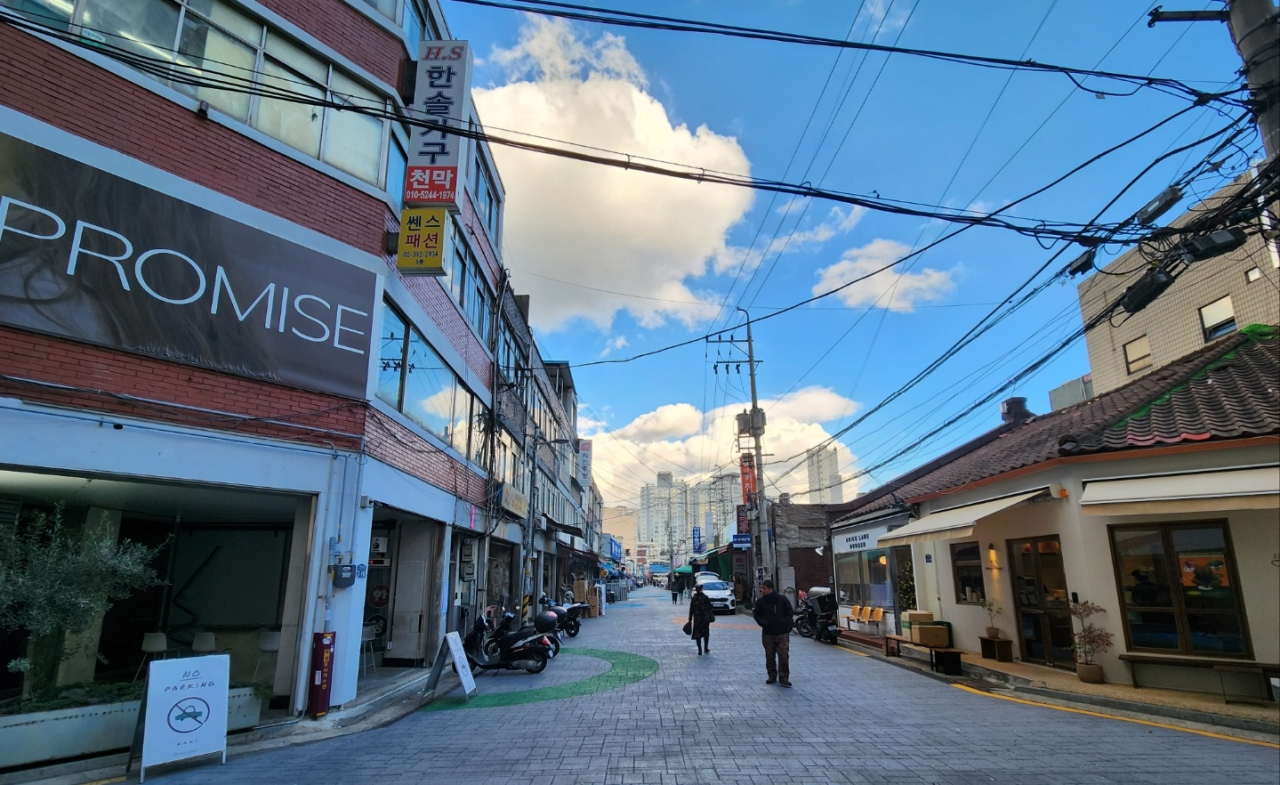
The following is part of Seoul Subway Stories, a Korea Herald series exploring the subway stations and surrounding areas across the city. -- Ed.
In the ’70s and ’80s, before the proliferation of cafes and clubs in Seoul, the area near Sindang Station led a peculiar youth culture here -- hipsters hanging out at trendy tteokbokki restaurants where DJs play pop music.
Nearly half a century later, the Sindang-dong neighborhood’s then-revolutionary tteokbokki scene may have faded, but the area is finding its way back into hipness.
To see, one needs to take a left turn at the first corner outside Exit No. 12 of Sindang Station. There you enter an old street dotted with cafes and bars repurposed from old warehouses and rice shops.
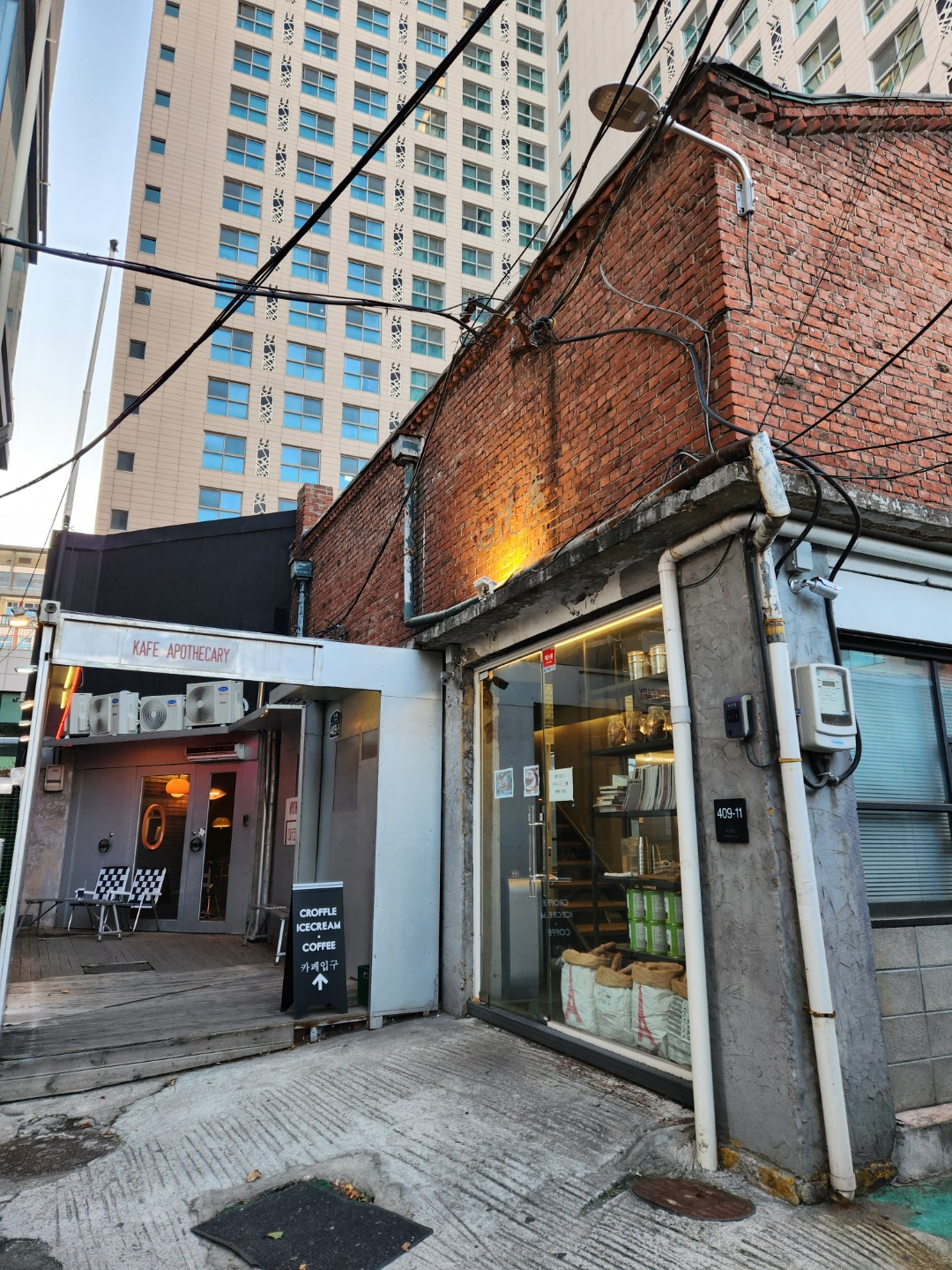
“Until coming here, I didn’t know that this street once served as a large market for grain products in the past,” said Yoon Soo-ji, a 24-year-old student from Hanyang University who was enjoying coffee at bakery cafe Seshimjung, which occupies an old grain storage built in 1959.
“I think (this place) will attract many coffee drinkers like me,” she added, praising the area’s retro and vintage vibes.
Grain trade and tteokbokki
In the early 1920s when the nation was under Japanese colonial rule, wholesale trade of rice and other grains concentrated in today’s Hwanghak-dong and Sindang-dong area, according to Seoul's Jung-gu office.
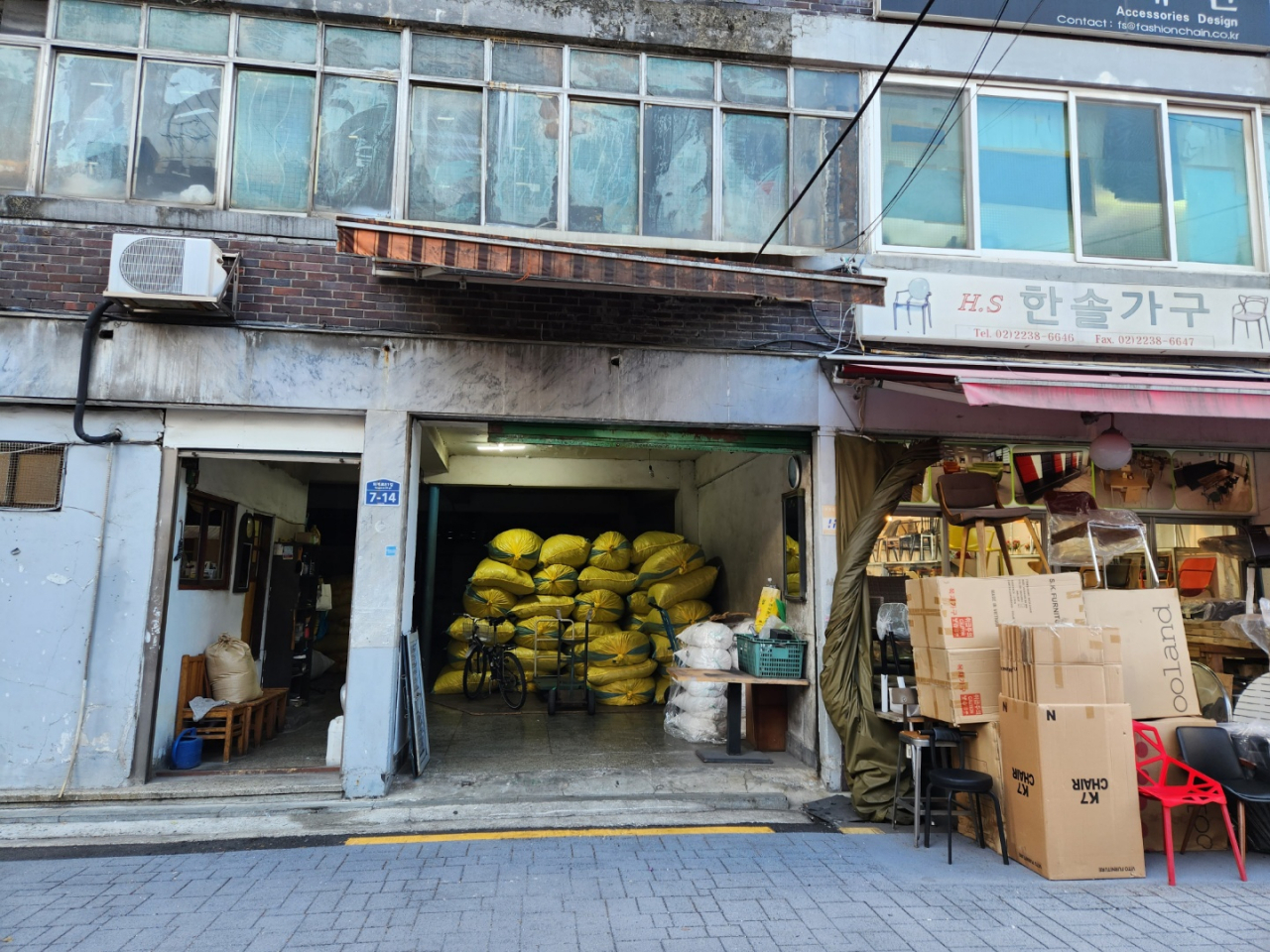
It was one of the most populous marketplaces, with nearly 800 shops making up more than 80 percent of the total grain transactions in the capital city in those days, it added. It was here where a young and poor Chung Ju-yung started his first business in the late 1930s as a rice dealer, which later grew into a conglomerate known as Hyundai Group.
The rice trade, however, saw a sharp downturn from the 1980s, with the rise of supermarket chains, online shopping malls and shrinking rice consumption. Only 13 rice stores remain in the area. The others were either closed or repurposed into shops selling kitchen appliances and furniture.
Sindang-dong’s history with tteokbokki started in 1953, when a woman named Ma Bok-rim started selling rice cakes stir-fried in spicy chili sauce there. The recipe took on a life of its own, with people adding instant noodles, cheese and other ingredients, and later spread to the rest of the city and eventually across the country.
Today, a street with the big sign “Singdang Tteokbokki Town” near Exit No. 7 of Sindang Station carries the heritage, with a dozen restaurants specializing in the dish lining both sides.
New fame
The cafe and bar street near Exit No. 12 found fame after being introduced by a number of social media influencers as one of Seoul’s hidden gems.
A hot spot on the street is zodiac-themed cocktail bar Zoo Sindang. Its entrance furnished with wooden slats, straw mats and various shamanic items like paper amulets and a cat statue resembles that of an old fortune teller shop. Inspired by Korean zodiac signs, the bar is decorated with installations themed on 12 zodiac animals, while its menu includes cocktails named after them.
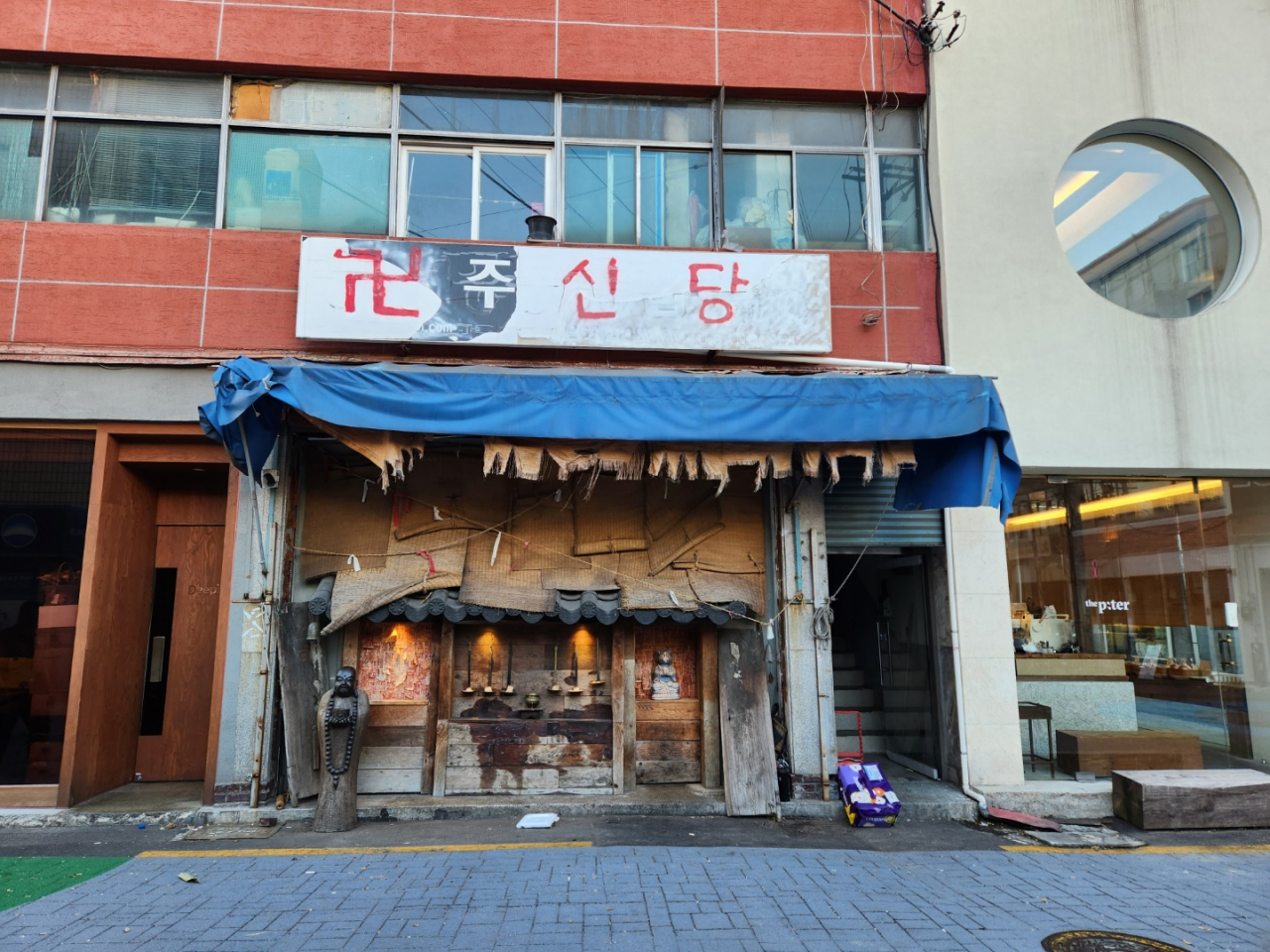
A number of exotic clothing and accessory shops between rice warehouses and stores filled with secondhand items also draw in passersby.
At a supermarket called Phyps Mart, a wide selection of merchandise, from beverages and hoodies to stationery, are on display.
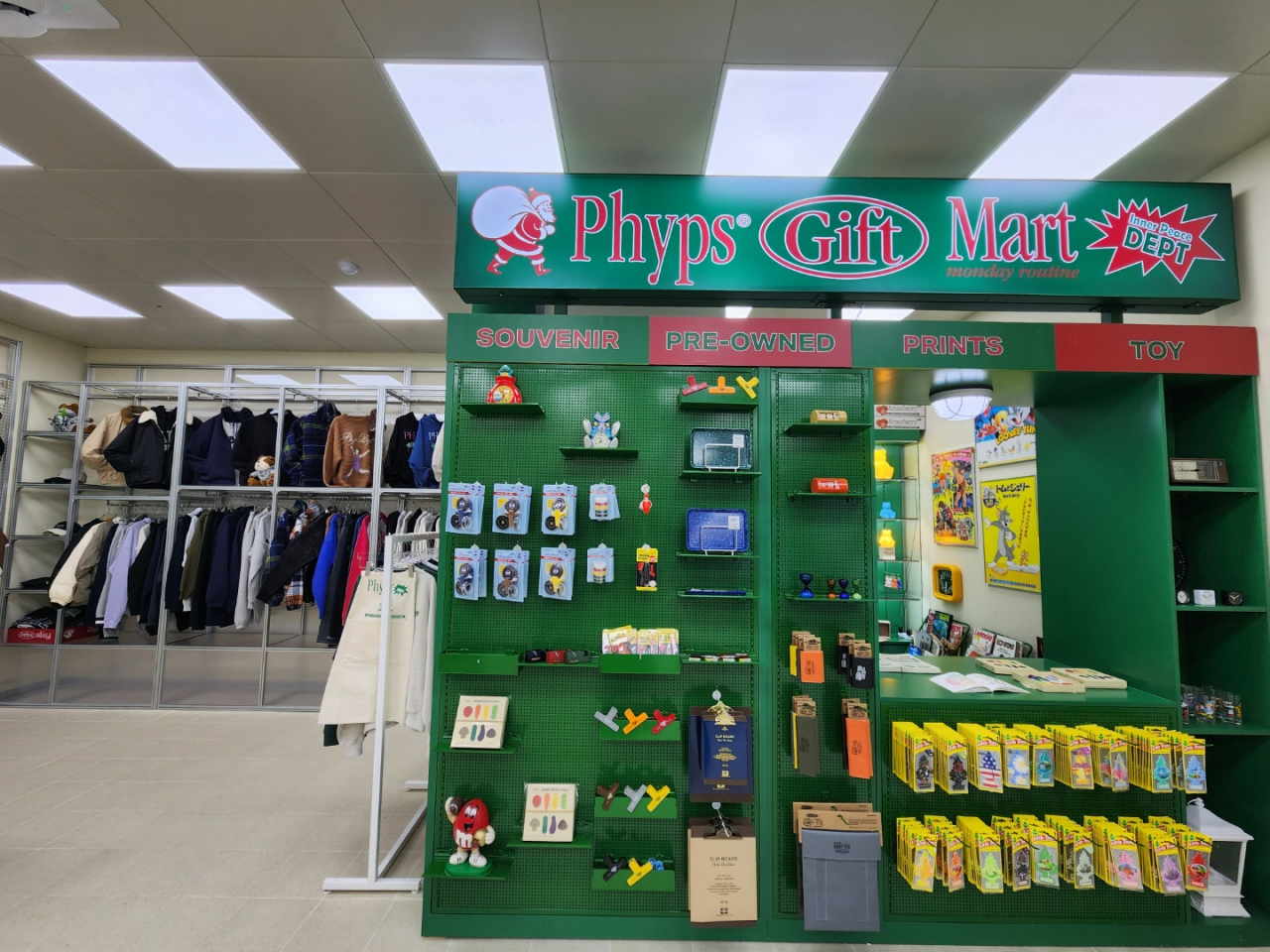
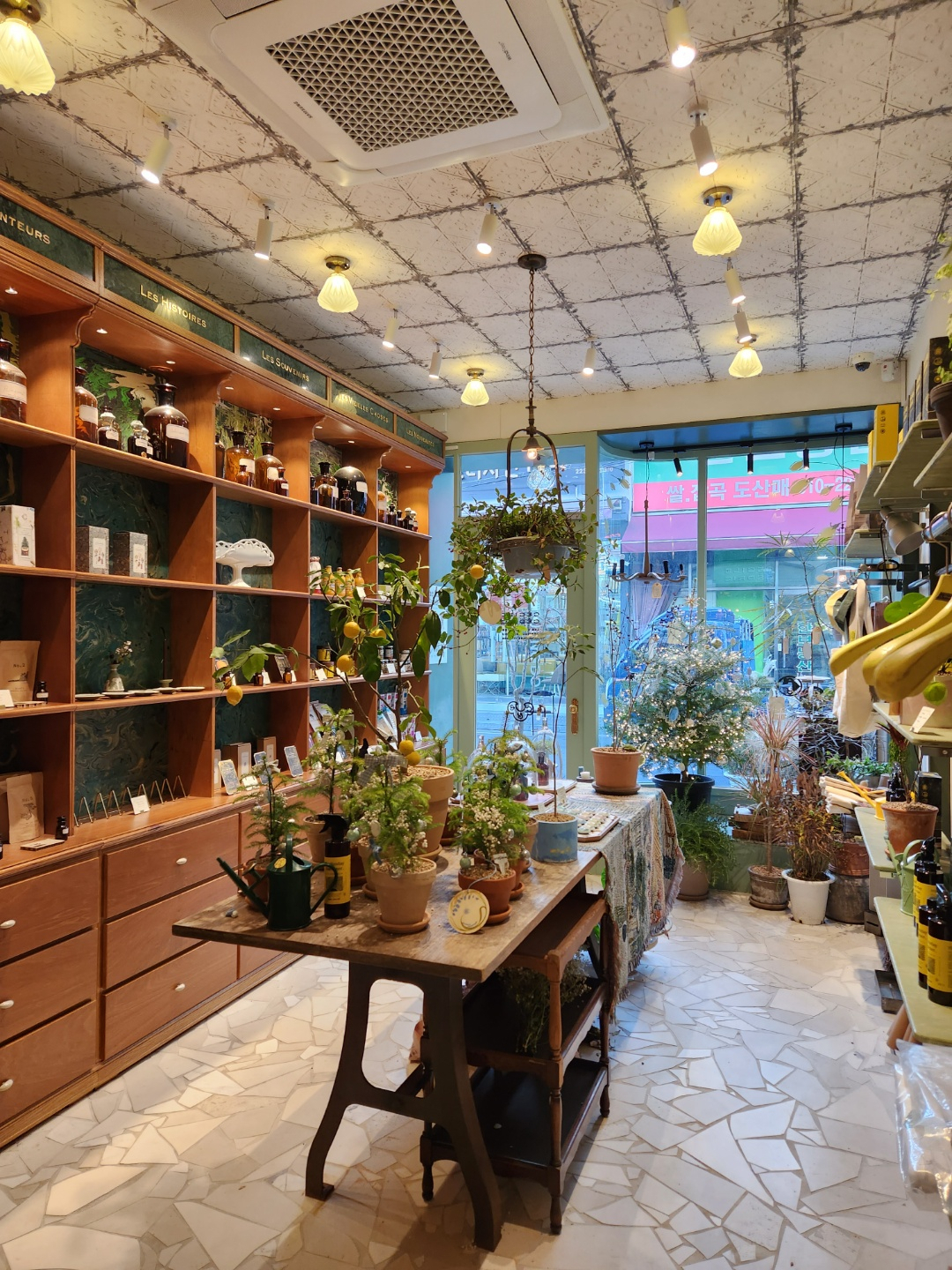
European-style variety shop Cecile Cedric greets customers with fragrant flowers and sweet aromas from candles and reed diffusers. The walls inside the shop, painted white and green, lead them to a special section showcasing antique ceramics and porcelain.
“A contrast between new, exotic stores and old commercial buildings like rice warehouses with a deep history is something that catches the eyes of young people amid the prolonged 'newtro' trend,” said an employee at Cecile Cedric, who wished to remain anonymous.
Meanwhile, the rise of unique eateries and markets revitalized Seoul Central Market near the street, one of the three largest traditional markets in Seoul, along with Dongdaemun Market and Namdaemun Market.
The market has seen an increase in the number of young visitors after YouTubers and social media influencers filmed videos of the market and other stores on the street, according to Ha, a woman in her 40s who owns a stall selling Korean pancakes.
“Both young Koreans and foreigners often visit the market taking pictures of food. The central market used to be packed with grocery stores. A lot of food vendors started to appear about nine years ago. More eateries are likely to enter the market as the street has become popular among young people,” she said.







![[From the Scene] Monks, Buddhists hail return of remains of Buddhas](http://res.heraldm.com/phpwas/restmb_idxmake.php?idx=644&simg=/content/image/2024/04/19/20240419050617_0.jpg&u=20240419175937)





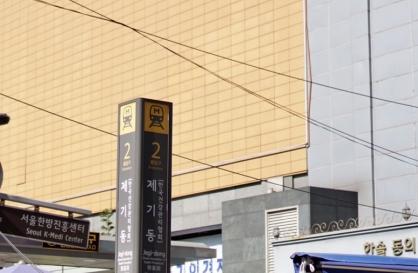
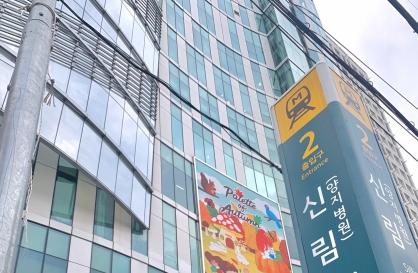
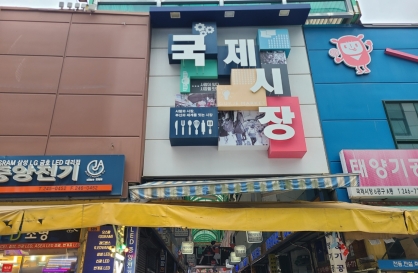
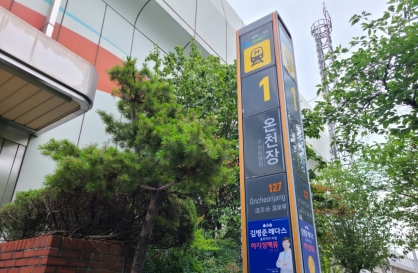
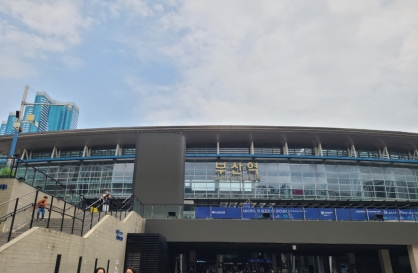



![[From the Scene] Monks, Buddhists hail return of remains of Buddhas](http://res.heraldm.com/phpwas/restmb_idxmake.php?idx=652&simg=/content/image/2024/04/19/20240419050617_0.jpg&u=20240419175937)

![[KH Explains] Hyundai's full hybrid edge to pay off amid slow transition to pure EVs](http://res.heraldm.com/phpwas/restmb_idxmake.php?idx=652&simg=/content/image/2024/04/18/20240418050645_0.jpg&u=20240419100350)

![[Today’s K-pop] Illit drops debut single remix](http://res.heraldm.com/phpwas/restmb_idxmake.php?idx=642&simg=/content/image/2024/04/19/20240419050612_0.jpg&u=)